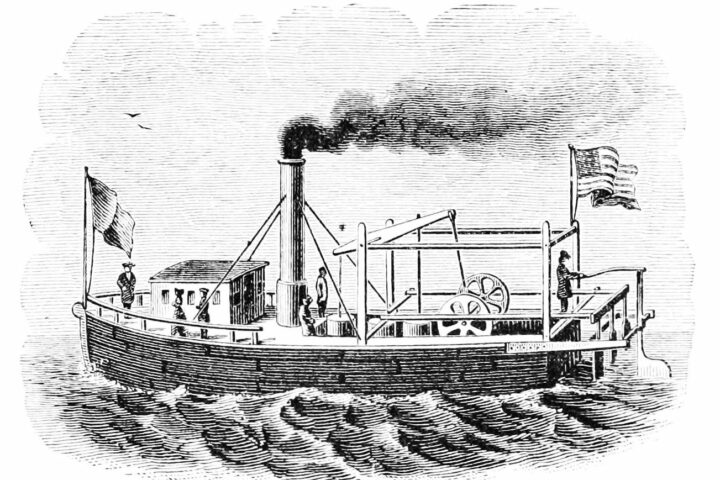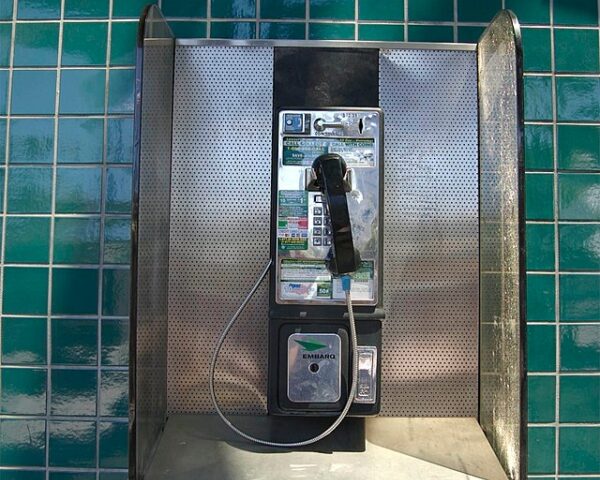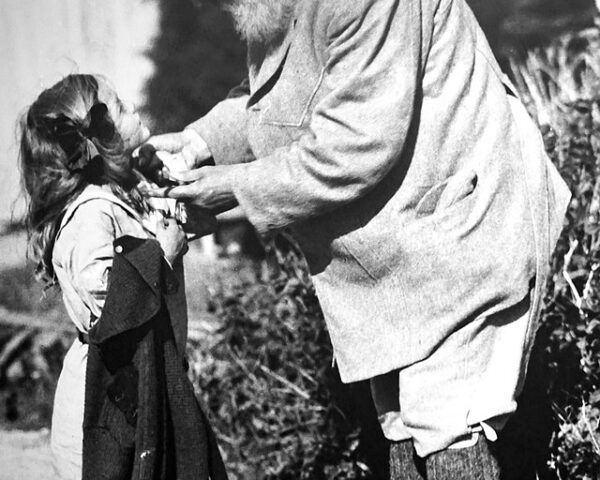John Fitch, an American inventor, secured a patent for the steamboat on August 26, 1791, marking a significant milestone in the early history of American innovation and transportation. Fitch’s journey to this achievement was fraught with challenges, yet his relentless determination laid the groundwork…
Read MoreOn August 13, 1889, a seemingly ordinary patent filing would set the stage for a revolution in public communication. William Gray, an innovative entrepreneur, submitted a patent that would change how the world stayed connected: the first coin-operated telephone, better known as the pay…
Read MoreOn August 13, 1913, Harry Brearley, a pioneering metallurgist hailing from England, added some chromium to a steel mixture and changed industry and home appliances forever. The mixture he produced made a strong metal that was both resistance to corrosion and rust, stainless steel. …
Read MoreOn August 11, 1942, in the midst of World War II’s escalating technological arms race, Austrian-born actress Hedy Lamarr and American avant-garde composer George Antheil were awarded U.S. Patent No. 2,292,387 for an invention few in the entertainment world—or the military establishment—could have anticipated.…
Read MoreThroughout the early 19th century, innovators were determined to revolutionize how we write. On June 23, 1868, Christopher Latham Sholes, a newspaper editor and printer from Milwaukee, Wisconsin, partnered with Carlos Glidden and Samuel W. Soule succeeded in making that dream a reality. They…
Read MoreAlexander Graham Bell’s invention of the telephone marked a pivotal moment in communication history, revolutionizing the way people connect and share information. On March 7, 1876, Bell received the patent for his groundbreaking invention, officially titled “Improvement in Telegraphy.” His deep interest influenced Bell’s…
Read MoreOne of the most famous early motion pictures produced by Thomas Edison’s company was a short film titled “Fred Ott’s Sneeze,” also known as “The Sneeze” or “Edison Kinetoscopic Record of a Sneeze.” This film, which lasts only a few seconds, captures an employee…
Read More







